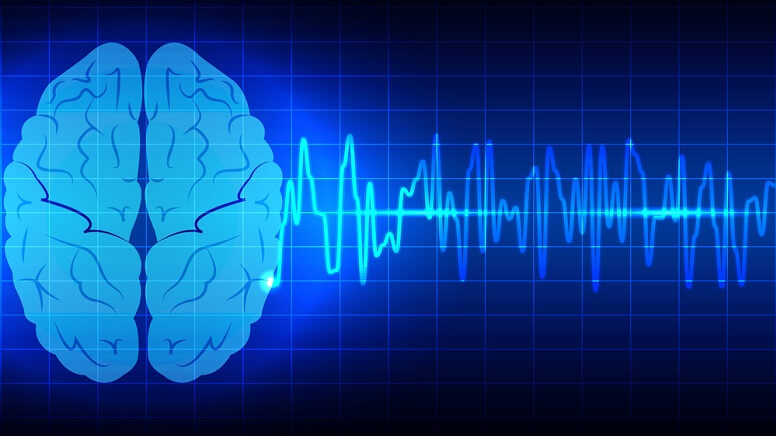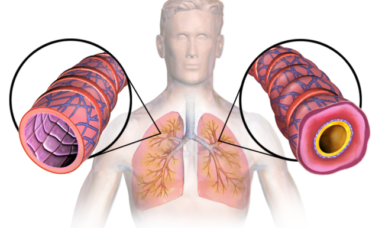Not everyone who has a single seizure is prone to have another. Because seizures can be isolated incidents, your doctor may not decide to start seizures treatment until you’ve had multiple.
The optimal goal in seizures treatment is to find the best possible therapy to stop seizures, with the fewest side effects.
Medication for Seizures Treatment
Treatment for seizures usually involves the use of anti-seizure drugs, and there are several options on the market. As mentioned, the goal is to find the seizures treatment that works best for you, and that causes the fewest side effects. In some cases, your doctor might recommend multiple medications.
Finding the right medication and dosage that works for you can be complex. Your doctor will look at things like your condition, your age, the frequency of your seizures, and other factors when deciding which medication to prescribe you. Your doctor will also review any other medications you may be taking to ensure the anti-epileptic medications they want to prescribe won’t interact with them.
Surgery and Other Therapies for Seizures
If anti-seizure medications aren’t effective, these other treatments may be an option:
- Responsive neurostimulation. During responsive neurostimulation, a device is implanted on the surface of your brain or within the brain tissue to detect seizure activity and deliver an electrical stimulation to the detected area in order to stop the seizure.
- Deep brain stimulation. With deep brain stimulation, doctors implant electrodes in certain areas of your brain in order to produce electrical impulses that help regulate abnormal brain activity. The electrodes are attached to a pacemaker-like device that is inserted under the skin of your chest, which controls the level of stimulation produced.
- Surgery. Surgery is one way to stop seizures from happening. Surgeons will locate and remove the area of your brain where seizures begin. This option works best for those who have seizures that always originate in the same place in their brains.
- Vagus nerve stimulation. Vagus nerve stimulation also involves a device being implanted underneath the skin of your chest, which stimulates your neck’s vagus nerve, sending signals to your brain to inhibit seizures. With this type of treatment, you may still need to take medication; however, you may be able to lower the dose.
- Dietary therapy. A diet that is low in carbohydrates and high in fat is called a ketogenic diet and can improve seizure control. Variations on a high-fat, low-carbohydrate diet, like a modified Atkins diets and the low glycemic index can also be used. These are less effective, but are not as restrictive as the ketogenic diet and may provide benefits.
Lifestyle and Home Seizures Treatment
Here are some steps you can take to help control seizures:
- Take your medication correctly. If you feel that your medication should be changed or your dosage should be altered, discuss it with your doctor. However, don’t adjust the dosage before talking to your doctor first.
- Get enough sleep. Having a lack of sleep can trigger seizures, so it’s important for those suffering from seizures to get adequate rest every night.
- Wear a medical alert bracelet. Wearing a medical alert bracelet will help emergency personnel know how to treat you correctly if you experience another seizure.
- Be active. Exercising regularly and being active can help keep you physically healthy and reduce depression.
- Make healthy life choices. Managing stress levels, limiting alcoholic beverage intake, and avoiding cigarettes are all factors in a healthy lifestyle.
Original source: https://www.mayoclinic.org/diseases-conditions/seizure/diagnosis-treatment/drc-20365730
Featured image: DepositPhotos – mrs.popman









